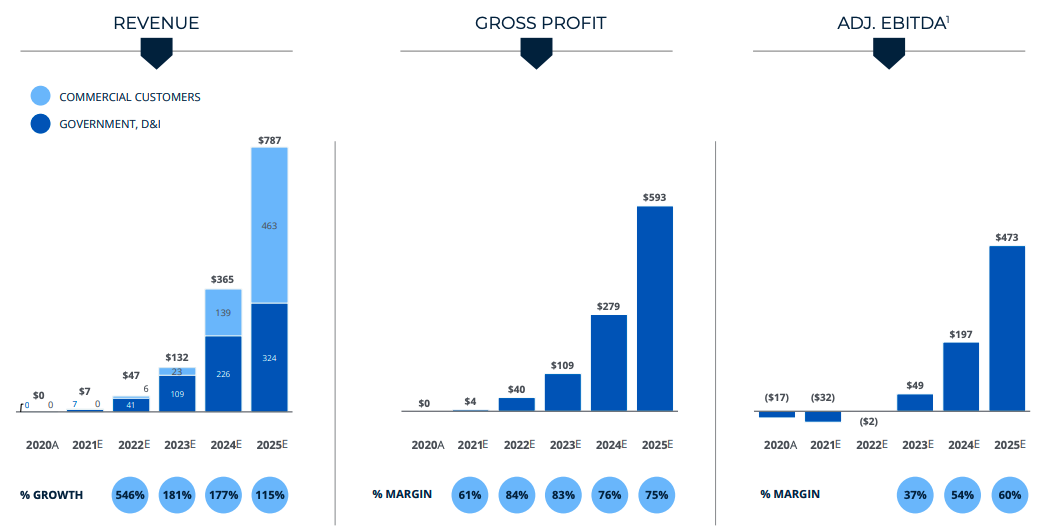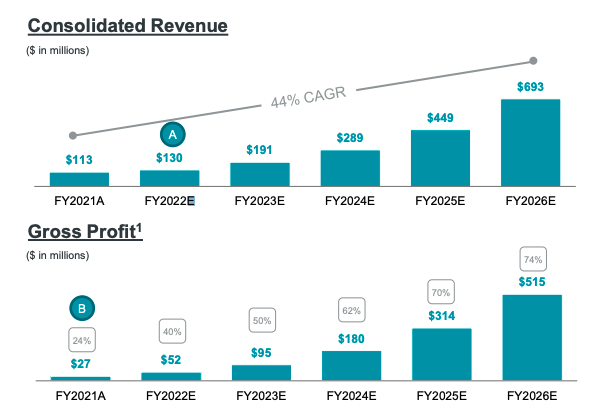News: Trillion-dollar horses, surfeit funding rounds and Future’s future
Welcome back to The TechCrunch Exchange, a weekly startups-and-markets newsletter for your weekend enjoyment.
Welcome back to The TechCrunch Exchange, a weekly startups-and-markets newsletter. It’s inspired by what the weekday Exchange column digs into, but free, and made for your weekend reading. Want it in your inbox every Saturday? Sign up here.
It’s the end of a short week, but instead of not having much to chat about we have a lot. But it’s all very good fun, so let’s enjoy ourselves!
First, let’s talk about expensive four-legged beasts.
Trillion-dollar horse?
The Exchange started digging into the Q2 2021 venture capital market this week. Thanks to Anna’s help our first piece came out pretty well, I think. We have a lot more coming soon. But the unicorn stats really grabbed me by the nape. Consider:
- 136 unicorns were minted in Q2 2021, an all-time record.
- As CB Insights notes, that’s “nearly 6x the 23 unicorns born a year ago in Q2’20, and already higher than the 128 unicorns born in all of 2020.”
The result of this boom in the horned equestrian population is that there are now 750 unicorns in the world. When former TechCruncher and excellent human Katie Roof tweeted that stat, my first thought was shit, that means unicorns are worth more than $1 trillion.
I was way off. The real number is nearly $2.4 trillion (CB Insights data). Which is a shatteringly high figure. In comparative terms, the un-exited unicorn population of the world is worth nearly precisely what Apple is worth today — $2.42 trillion, per Yahoo Finance.
Perhaps I am overreacting to the amount of unicorn equity that is currently sitting, largely frozen, in the private markets. Especially when unicorn exits are up. But are even today’s elevated exit levels enough to clear this particular ledger over time? No, I don’t think so. Not when we are minting 1.5 unicorns per day in Q2, counting weekends and the like and the unicorn count is ever-increasing.
Funding rounds
I only wrote about one funding round this week — this r2c round that was pretty interesting — mostly because I had a bunch of other things to chew through. But I’ve also seen my inbound venture capital round pitches slow since declaring that I’d not cover rounds that didn’t include more detailed financial information.
It is not clear yet if pitch volume is down due to the holiday week, or if I have scared everyone off. But I do use my inbound volume of funding round pitches both in aggregate, and in sector–directional terms to help gauge what’s going on. So, here’s hoping that (1) people will send me stuff and (2) they will do so and also share a lot more information at the same time.
SPACs in space
Y Combinator is a neat entity. One of its recent companies was Albedo, a startup that is hoping to build a network of low-orbit satellites that will take super high-res photos of the planet. To do so is hard af, as Natasha would say, but perhaps possible thanks to off-the-shelf (kinda) satellite parts, in-orbit refueling and a bunch of other new stuff.
Albedo and its ilk are why I still trot out every year to watch Demo Day. I get to see what could be coming, and that’s very good, illustrative fun.
All that’s to say that when two satellite imaging companies announced that they were going public via SPACs this week I was intrigued. Turns out they are not really in competition with what Albedo wants to do, as they offer lower-resolution images. But they are … notable for other reasons.
Satellogic for having this simply artful series of charts (be sure to observe the dates in each chart):

Image Credits: Satellogic
And Planet for the following, namely a look into how the economics of satellite tech are pretty heavily weighted toward the future:

Image Credits: Planet
The company’s long-term gross margin target is 80% to 85% (COGS of 15%-20%, per the deck), but you can see how long it takes to get there. This poses an interesting issue for the venture capital world.
Namely that companies like Albedo are going to need a lot of time and money to build out their constellations and get to scale. And, I presume, to scale to the sort of gross margins that software companies can generate from their first day selling product.
This is one reason why there is so much money chasing software products with even a hint of durable growth; high-margin recurring revenue is the business equivalent of a cheat code when it comes to value creation. Thus every investor wants to shovel money into it. Satellite tech, while super fucking critical in general, simply is more expensive and slower-burn.
My question: Is software so good at generating venture capital returns that other forms of startup work will struggle to compete for attention and capital? Are they already?
Future
Finally, Future. Or more precisely, Future’s future. I am curious about the a16z publication.
Since it launched I’ve checked in a few times each week, hoping to see what was coming out of the venture capital firm’s collective mind. I do so not only because I am a huge dweeb — I am! — but also because after all the hand-wringing that I’ve had to read about how the media hates tech — nope! — I was curious what a cosmically well-funded venture group would build. It has hired some great people, after all.
It appears that we are in between publishing cycles at the Future blog. The last pieces of Main Content came out nearly a month ago, and its most recent entry is dated June 25th. And that piece is just a note promising more content in July.
It all feels a bit flat? Given the budget, promise, fancy domain and number of people in the a16z world who should have things to say? Why not make more words appear? Let’s see what July brings.
Ok that’s enough from me for the week. Hugs, and talk to you Monday morning on the pod.
Your friend,
— Alex














